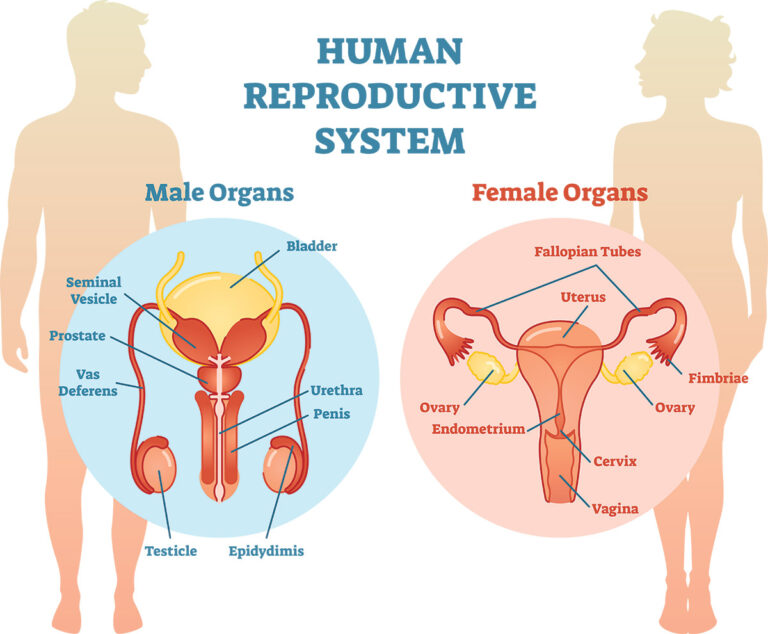Adrenal Gland Cancer: Symptoms, and Causes
Author: Giselle Robel
Giselle Robel
Category: Health

Adrenal gland cancer is a rare cancer that begins in one or both of the small, triangular glands (adrenal glands) located on top of your kidneys. The adrenal glands produce hormones that give instructions to virtually every organ and tissue in your body.
Adrenal cancer, also called adrenocortical cancer, can occur at any age. But it’s most likely to affect children younger than 5 and adults in their 40s and 50s.
When adrenal cancer is found early, there is a chance for cure. But if the cancer has spread to areas beyond the adrenal glands, cure becomes less likely. Treatment can be used to delay progression or recurrence.
Most growths that form in the adrenal glands are noncancerous (benign). Benign adrenal tumors, such as adenoma or pheochromocytoma, also can develop in the adrenal glands.
What is adrenal cancer?
Adrenal cancer is a condition that occurs when abnormal cells form in or travel to the adrenal glands. Your body has two adrenal glands, one located above each kidney. Adrenal cancer usually occurs in the outermost layer of the glands, or the adrenal cortex. It generally appears as a tumor.
A cancerous tumor of the adrenal gland is called an adrenal cortical carcinoma. A noncancerous tumor of the adrenal gland is called a benign adenoma.
If you have cancer in the adrenal glands, but it didn't originate there, it's not considered an adrenal cortical carcinoma. Cancers of the breast, stomach, kidney, skin, and lymphoma are most likely to spread to the adrenal glands.
Types of Adrenal Gland Tumors

Benign adenomas
Benign adenomas are relatively small, usually less than 2 inches in diameter. Most people with this type of tumor have no symptoms. These tumors usually occur on only one adrenal gland, but they can appear on both glands in rare instances.
Adrenal cortical carcinomas
Adrenal cortical carcinomas are usually much larger than benign adenomas. If a tumor is more than 2 inches in diameter, it's more likely to be cancerous. Sometimes, they can grow large enough to press on your organs, leading to more symptoms. They can also sometimes produce hormones that cause changes in the body.
What are the symptoms of adrenal gland cancer?
Symptoms of adrenal cancer are caused by the excess production of hormones. These are typically androgen, estrogen, cortisol, and aldosterone. Symptoms may also arise from large tumors pressing on organs of the body.
Symptoms of excessive androgen or estrogen production are easier to spot in children than adults because physical changes are more active and visible during puberty. Some signs of adrenal cancer in children can be:
- excessive pubic, underarm, and facial hair growth
- an enlarged penis
- an enlarged clitoris
- large breasts in boys
- early puberty in girls
In about half the people with adrenal cancer, symptoms don't appear until the tumor is large enough to press on other organs. Women with tumors that cause increases in androgen may notice facial hair growth or deepening of the voice. Men with tumors that cause increases in estrogen may notice breast enlargement or breast tenderness. Diagnosing a tumor becomes more difficult for women with excess estrogen and men with excess androgen.
Symptoms of adrenal cancer that produces excess cortisol and aldosterone in adults can include:
- high blood pressure
- high blood sugar
- weight gain
- irregular periods
- easy bruising
- depression
- frequent urination
- muscle cramps
Causes of adrenal gland cancer
It’s not clear what causes adrenal cancer.
Adrenal cancer forms when something creates changes (mutations) in the DNA of an adrenal gland cell. A cell’s DNA contains the instructions that tell a cell what to do. The mutations can tell the cell to multiply uncontrollably and to continue living when healthy cells would die. When this happens, the abnormal cells accumulate and form a tumor. The tumor cells can break away and spread (metastasize) to other parts of the body.
How is adrenal gland cancer diagnosed?
Diagnosing adrenal cancer usually begins with your medical history and a physical exam. Your doctor will also draw blood and collect a urine sample for testing.
Your doctor may order further tests such as:
- an image-guided fine needle biopsy
- an ultrasound
- a CT scan
- a positron emission tomography (PET) scan
- an MRI scan
- an adrenal angiography
What are the treatments for adrenal cancer?
Early treatment can sometimes cure adrenal cancer. There are currently three major types of standard treatment for adrenal cancer:
Surgery
Your doctor may recommend a procedure called an adrenalectomy, which involves removing the adrenal gland. If the cancer has spread to other parts of the body, your surgeon may also remove nearby lymph nodes and tissue.
Radiation therapy
Radiation therapy uses high-energy X-rays to kill cancer cells and stop new cancer cells from growing.
Chemotherapy
Depending on the stage of your cancer, you may need to undergo chemotherapy. This form of cancer drug therapy helps stop the growth of cancer cells. Chemotherapy can be administered orally or injected into a vein or muscle.
Your doctor may combine chemotherapy with other types of cancer treatments.
Other treatments
Ablation, or the destruction of tumor cells, may be necessary for tumors that are unsafe to remove surgically.
Mitotane (Lysodren) is the most common drug used in the treatment of adrenal cancer. In some cases, it's given after surgery. It can block excessive hormone production and may help decrease the size of the tumor.
You can also discuss clinical trial treatments with your doctor, such as biologic therapy, which uses the immune system to fight cancer cells.
Risk factors
Adrenal cancer happens more often in people with inherited syndromes that increase the risk of certain cancers. These inherited syndromes include:
- Beckwith-Wiedemann syndrome
- Carney complex
- Li-Fraumeni syndrome
- Lynch syndrome
- Multiple endocrine neoplasia, type 1 (MEN 1)













